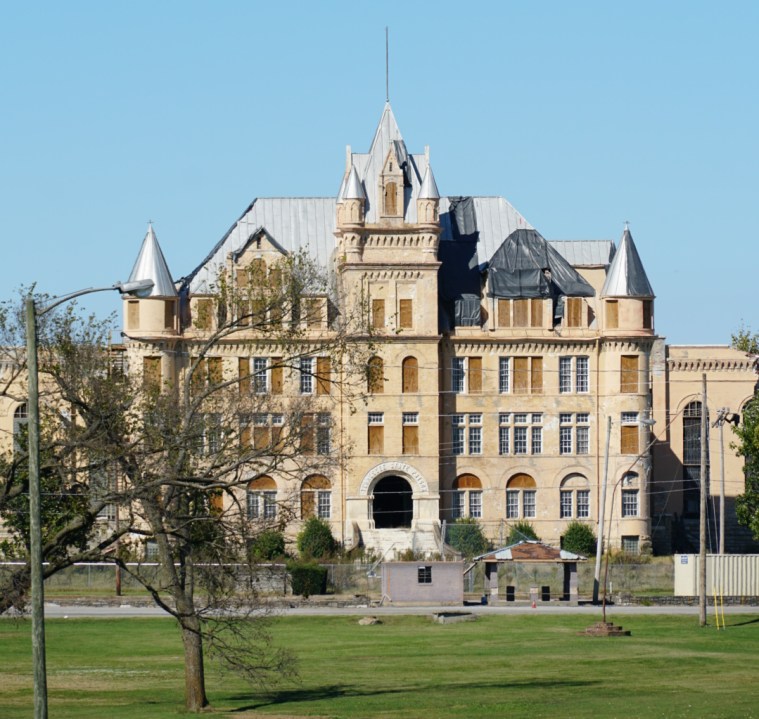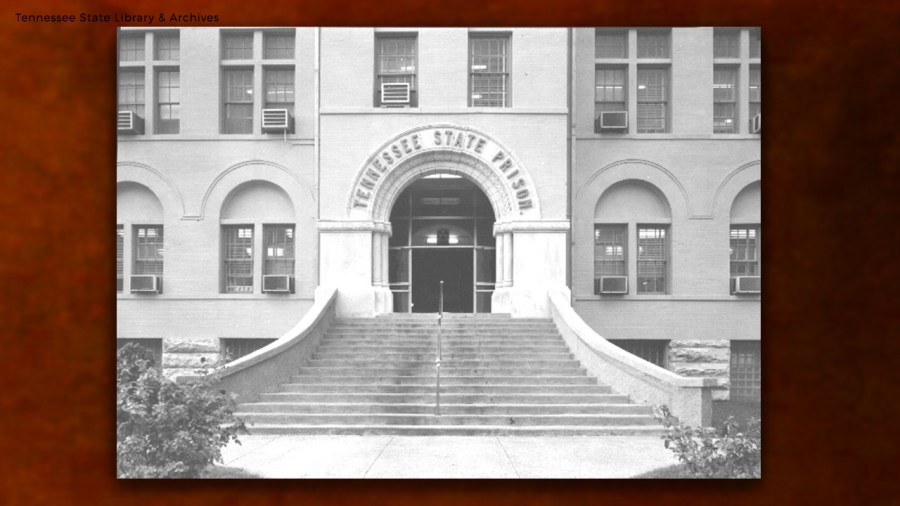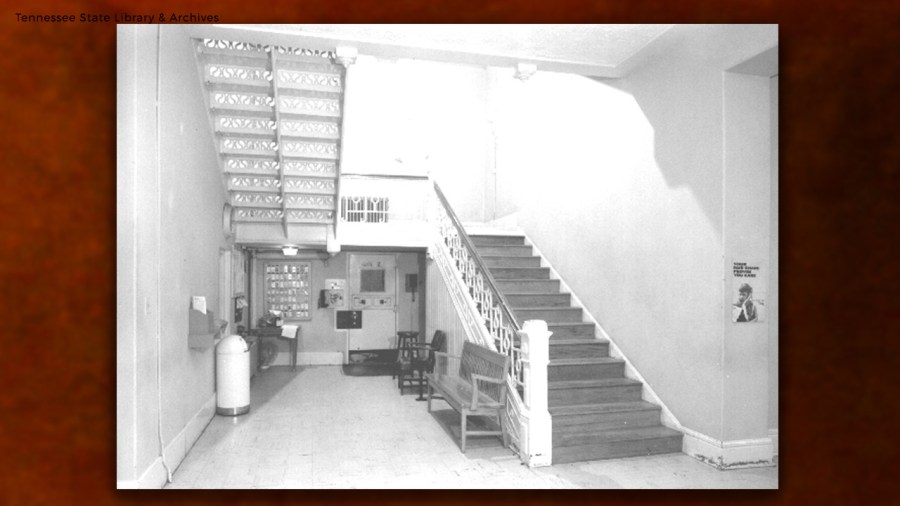NASHVILLE, Tenn. (WKRN) — Several legends surround an old, abandoned building in Nashville that if not for the barbed wire fences and watch towers might be mistaken for a castle.
Left abandoned for several decades, the already decaying structure of the old Tennessee State Prison was further damaged during a deadly March 3, 2020, tornado that left piles of brick and rubble all over the historic compound.
Few people have stepped foot inside the prison since it was forced to close in 1992 because of inhumane conditions, but those who have report ghostly encounters such as the sounds of cell bars clunking or footsteps echoing down the halls.
Whether there is truth to the legends or not, what’s known of the prison’s history is enough to give passersby a bit of a creepy feeling. When the old Tennessee State Prison first opened in the Cockrill Bend area of Nashville in 1898, it was considered one of the most modern and humane compounds in the country.

The castle-like design was drawn from a European style, and many people from all over the country came to see the state-of-the-art facility. However, standards at the prison were much different than today’s penitentiaries.
Several teens and young children served out sentences alongside older inmates during the early 1900s. According to records from the Tennessee Department of Corrections (TDOC), two 10-year-old and 11-year-old boys were committed in 1908 to serve two to three years for larceny.
In an Oct. 24, 1982, edition of The Tennessean that was written amid growing criticism of the correctional system, a reporter noted that several of the young inmates where whipped as punishment for “being disorderly” or “talking in shop,” while others “suffered at the hands of older inmates.”
Other accounts talk of violence at the hands of prison wardens. Glenn Swafford’s punitive actions, which were said to rely on fear and violence to keep inmates in line, led to the Tennessee State Prison becoming known as “Swafford’s Graveyard.”

Swafford became a warden in 1915 and spent almost 40 years at the penitentiary. A reporter who visited a cemetery at the facility a few years prior said there had already been 125 people buried on the grounds and described feeling an “intuitive, forbidding hesitation” at the entrance.
No penitentiary records exist to indicate how many prisoners were executed prior to the use of the electric chair, but according to the Tennessee Encyclopedia, 78 were executed by electrocution, beginning with Julius Morgan in 1916 and ending with William Tines in 1960.
In the last few decades before its closure the prison would be the site of several uprisings, including a 1975 incident known as the “pork chop” riot. The revolt, which was reportedly sparked after the lunch line ran out of pork chops, was said to be over poor living conditions.
In 1978, corporal punishment for juvenile offenders was abolished, but the troubles continued into the 1980s. According to the Tennessee Encyclopedia, a federal district court declared parts of Tennessee’s prison system unconstitutional in 1982 because of overcrowding, unhealthy and inhuman conditions.

Riots broke out again in the summer of 1985, causing millions of dollars in damage. In a petition requesting attention to the conditions at the prison, inmates in a maximum-security unit wrote that they would spend 23 hours per day in cells with less than 8 square feet to move around.
Other concerns centered around plumbing malfunctions and leaks, as well as inadequate medical care, insensitive prison guards, a lack of reading material and poor counseling and chaplain service.
A complaint filed in federal court the following year described sheets stained with “feces, puss and other bodily fluid” at the Tennessee State Penitentiary Hospital, and, in some instances, staff said cockroaches were found living in wounds and surgical incisions.
In June 1992, the Tennessee State Prison was closed and prohibited from housing prisoners ever again. However, the exterior would later be used for shots in the 1999 film, The Green Mile, as well as The Last Castle, filmed in 2001.
While TDOC does not allow the public on the prison property, largely because of safety reasons, residents used to be able to get a glimpse of the grounds during an annual 5-K run benefitting Big Brothers Big Sisters of Middle Tennessee.
However, the events ceased after the 2020 tornado. A lot of the structure can still be seen from the road, but it’s unclear what the future may hold for the old, abandoned Tennessee State Prison.
This post was originally published on this site be sure to check out more of their content.






